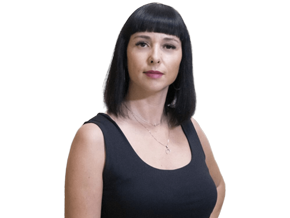A report from the Complutense University of Madrid (UCM) has raised the possibility of creating a thalassotherapy center in Torrevieja, which uses the waters of the sea and the Laguna Rosa, “taking into account the conditions that exist in the environment.” The Laguna Rosa has been used to extract salt, although it has recently begun to be used by tourists in the surrounding environment.
This technical-scientific study on the therapeutic uses of brine and sludge from the ‘Laguna Rosa’ has been prepared by the UCM research group ‘911757 Medical Hydrology’, directed by Francisco de Paula Meraver Eyzaguirre, director of the Professional School of Hydrology and Hydrotherapy from the Faculty of Medicine.
The work is part of a project co-financed by the EU through the Operational Program of the European Regional Development Fund (ERDF) of the Valencian Community 2014-20.
The start-up and use of natural resources, such as brine and sludge from the “Pink Lagoon” of Torrevieja, is one of the twenty needs that are part of the Early Demand Map (MDT) of needs for Public Purchase of Innovation. However, to date, uses such as hydrotherapeutics, cosmetics and biotechnology have not been explored.
The Strategic Plan for Local Tourism aims to diversify the economy of the area beyond residential tourism, giving the opportunity to work on endogenous resources that create competitive advantages to attract entrepreneurial talent and generate qualified employment.
Regarding brine, they report the similarity with other hypersaline waters with cosmetic and dermatological properties that can be used as a thalassohydric factor in a Thalassotherapy center or as a raw material for the production of cosmetics and dermatological preparations.
These cosmetics would have a skin regulating effect, cleansing and disinfectant action, regulating effect of sebaceous content, exfoliating and skin renovating properties, softening action on the skin, anti-inflammatory properties and as analgesics and prevention of premature aging, among others.
Regarding the sludge, the report establishes that “it could have excellent cosmetic and dermatological properties, and that a separate study would have to be carried out for its use”.
From the point of view of thermotherapy there are similarities with Carhue (Argentina), the Dead Sea (Israel), Salina de Secovlje (Slovenia) and Lo Pagán (Murcia).



